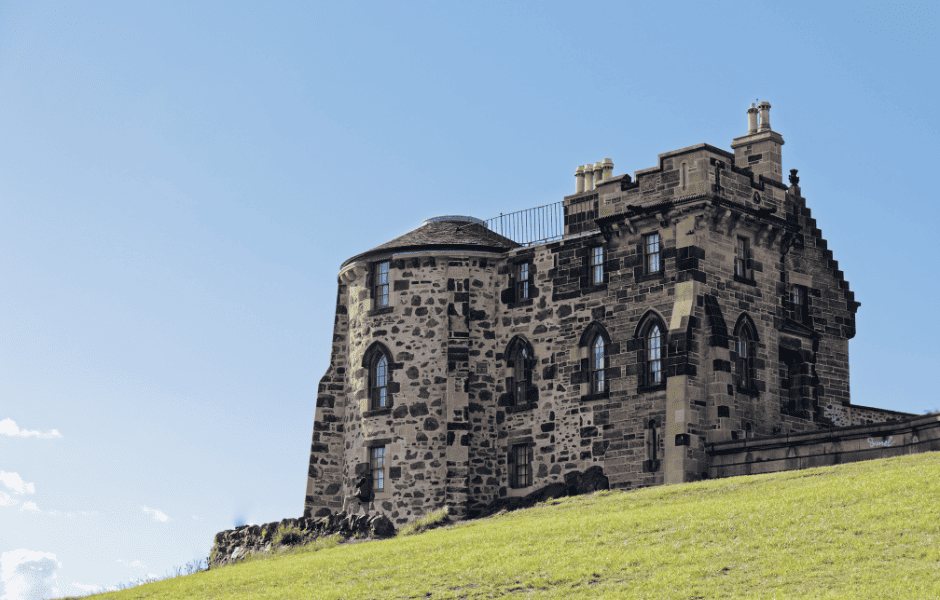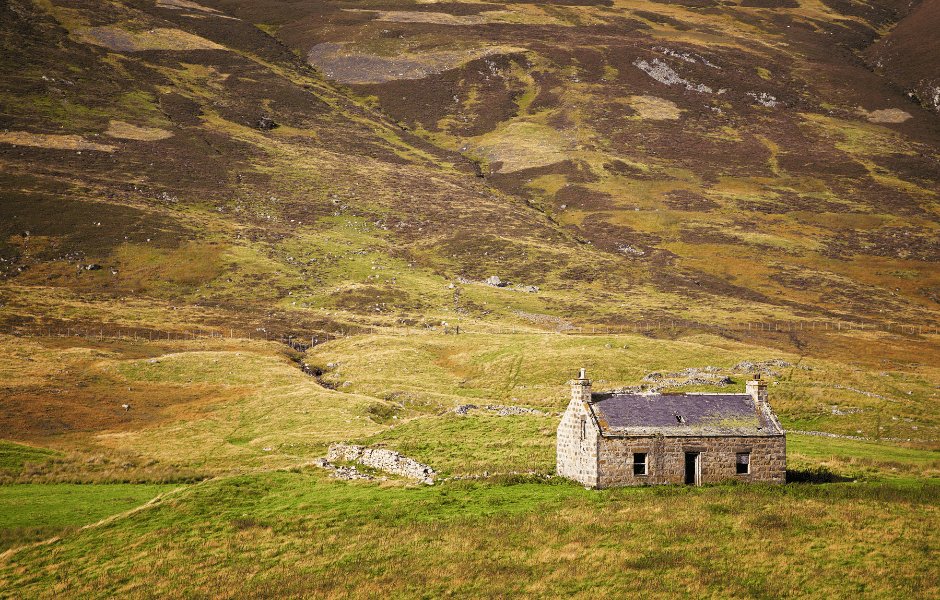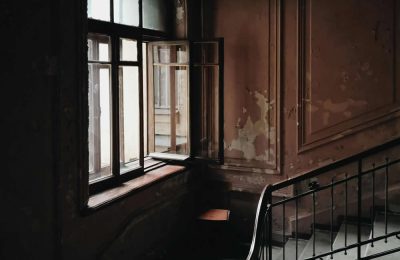The Scottish property market has always held a certain allure for both local and international investors. Amidst this diverse landscape of urban and rural properties, historic homes have carved out a niche for themselves, attracting a discerning clientele that values their unique combination of architectural beauty, cultural heritage and an irreplaceable sense of history. In this article, we’ll explore why historic homes have remained a vibrant part of the 2023 Scottish property landscape.
So, why historic homes?
Historic homes in Scotland span centuries of architectural evolution, offering a rich assortment of styles from Georgian elegance to Victorian grandeur, and even earlier periods like the Jacobean and Renaissance eras. Each property tells a unique story through its design, craftsmanship, and sometimes, historical significance. These homes are not just residences, but living testimonies to Scotland’s architectural and social history.
In the modern real estate market, historic homes provide an opportunity for buyers who appreciate heritage and character in their properties. Unlike newly built homes, which can feel impersonal or uniform, historic homes offer individuality. Original features such as stained glass windows, grand fireplaces, elaborate ceiling cornices, or even secret staircases add charm and intrigue that new builds often struggle to replicate.
Moreover, several local authorities and heritage organisations in Scotland offer grants and assistance for the renovation and upkeep of these properties. This not only incentivises the preservation of Scotland’s architectural heritage, but also makes owning a piece of history more feasible for a wider range of buyers.
What’s making these homes popular in 2023?
In 2023, we are witnessing a steady demand for these homes, partly fuelled by the increased desire for space and privacy in the wake of the pandemic. Many of these historic properties come with large gardens or grounds, offering room for recreation and an escape from crowded urban living.
It’s not all fairytale castles
However, owning a historic home is not without challenges. They require ongoing maintenance and, in some cases, sensitive restoration to preserve their historical features. Upgrading them to modern energy efficiency standards can also be a delicate task. Thankfully, innovations in eco-friendly technology and sympathetic renovation techniques have made it easier to balance preservation with modern comfort.
Historic homes, new trends
One emerging trend is the repurposing of historic homes into luxury accommodation or event venues. Castles, manors and historic farmhouses are finding new life as boutique hotels or wedding venues, providing an additional income stream for their owners. This commercial potential also entices investors looking for unique opportunities in the Scottish property market.
How historic homes give owners the advantage
In areas of outstanding natural beauty, such as the Scottish Highlands, historic homes also have a competitive edge. Buyers are drawn to the promise of serene landscapes paired with distinguished properties that offer a sense of stability and permanence.
The charm of Scotland’s historic homes is indisputable, but their appeal goes beyond their aesthetic allure. They are monuments to the past, places where history is palpable in every stone and timber. In a rapidly changing world, they offer a sense of continuity, a touchstone to our shared heritage. They stand as tributes to the craftsmanship of bygone eras, holding stories that continue to unfold within their walls.
Final notes
Despite being a niche market, historic homes play an integral role in Scotland’s property landscape. Their enduring appeal lies in their ability to connect the past, present and future in a tangible, livable form. As we navigate the changing tides of the real estate market in 2023, one thing remains certain – historic homes in Scotland will continue to enchant buyers for many years to come.













